
Born David Jones, and changing his name to avoid confusion with Davy Jones of The Monkees, Bowie pottered around as a solo artist in London with unsuccessful material like ‘The Laughing Gnome’. He eventually gained some attention with his 1969 single ‘Space Oddity’ and with 1971’s Hunky Dory and 1972’s The Rise and Fall of Ziggy Stardust and the Spiders from Mars he became a superstar.
Introduction
While Bowie’s initial period of fame posited him as an androgynous glam star, he had the good sense to abandon the genre as it burnt out, and reinvented himself as a “Plastic Soul” singer on Young Americans. A restless innovator, Bowie explored German and electronic sounds in his artistically successful recordings in the second half of the 1970s. While the punk musicians of the late 1970s regarded the previous generation of musicians as has-beens, Bowie retained a position as a valued elder statesman.
Bowie has his limitations as a musician, and his songwriting palette can be limited, but his nature as a restless explorer served him well. He achieved a lot with a relatively modest musical gift, surrounding himself with talented collaborators like Brian Eno and a succession of excellent guitarists, including Mick Ronson, Robert Fripp, Carlos Alomar, and Adrian Belew.
As a lyricist and conceptualist Bowie’s talented; his lyrics often explore the nature of artifice and reality. It’s not surprising that he also reached public consciousness as a movie star, such as his role as the Goblin King in Labyrinth. Bowie’s work, particularly in the 1970s, place him among the top echelon of influential and successful acts from the rock music era.
I’ve only covered Bowie’s work from 1970 to 1980 – it’s generally regarded as his strongest period. Bowie’s final two albums, 2013’s The Next Day and 2016’s Blackstar (released two days before his death) were among his best received, and I’m planning to cover them sometime.
David Bowie Album Reviews
Favourite Album: Station to Station
Overlooked Gem: Scary Monsters (and Super Creeps)
The Man Who Sold The World

1970, 6.5/10
In 1969 David Bowie gained some recognition with the single ‘Space Oddity’, but the accompanying self-titled album flopped and at the time of The Man Who Sold The World Bowie was still a relatively obscure figure. Although The Man Who Sold The World did nothing to change this, it’s a step forward artistically. One key to Bowie’s improvement is guitarist Mick Ronson, later a huge player in the Ziggy Stardust band.
Despite the cross-dressing cover, The Man Who Sold The World couldn’t accurately be described as glam; it’s more like geeky hard-rock, with a dash of music hall and psychedelic pop thrown in. It’s an interesting album, but the material is inconsistent; the title track is easily the most famous song here, mostly courtesy of Nirvana’s cover version on their Unplugged album. ‘The Supermen’ has a great guitar break courtesy of Ronson, while the eight-minute opener ‘The Width Of A Circle’ drags a little, but builds up steam in the music hall derived coda.
The Man Who Sold The World is hardly among Bowie’s best albums, but it’s also somewhat overlooked so most of it should be fresh to listeners; it’s worth picking up to hear Bowie on the cusp of success and just about to find his artistic feet.
Hunky Dory
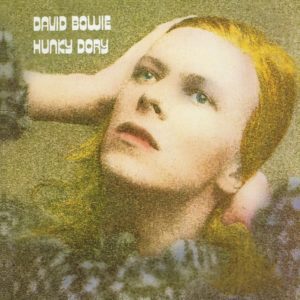
1971, 8.5/10
After the hard rock of The Man Who Sold The World, Bowie took a softer approach to his follow-up record. In the middle of the singer-songwriter boom of the early seventies, Hunky Dory is too camp to be mistaken for James Taylor, but it’s dominated by acoustic instruments with Bowie’s acoustic guitar and guest pianist Rick Wakeman taking centre stage. The lighter tone of the album draws attention to the fact that Bowie’s songwriting has improved markedly; The Man Who Sold The World was a bunch of interesting genre experiments with only a couple of strong songs, but the majority of these compositions are intelligent and interesting, and Hunky Dory is arguably Bowie’s best set of songs, if not his best album. The singer-songwriter tone of Hunky Dory also means that it’s about as personal as Bowie gets, delivering a career statement of intent in ‘Changes’, confessing his obsession with artifice in ‘Life On Mars’, and an endearing song to his young son in ‘Kooks’.
Hunky Dory starts with one of Bowie’s hookiest and most recognisable songs ‘Changes’; deservedly a classic rock radio standard. Close behind in the pop stakes are ‘Oh! You Pretty Things’ and the soaring, Wakeman dominated, ‘Life On Mars’. Alongside this accessible material, there’s excellent lesser-known material; ‘Quicksand’ name-checks dubious influences like Alastair Crowley and Himmler, while ‘The Bewlay Brothers’ is a lengthy, debatably Tolkien-influenced epic. The second tier material is also strong, with ‘Kooks’ strangely engaging (“Don’t pick fights with the bullies or the cads/I’m not much cop at fighting other people’s dads”) and ‘Andy Warhol’ a good example of this album’s balance between glam rocker and singer-songwriter.
Hunky Dory is a fascinating album in the Bowie catalogue; next year he became Ziggy Stardust, and never again in the 1970s would he sound so human.
The Rise and Fall of Ziggy Stardust and the Spiders From Mars
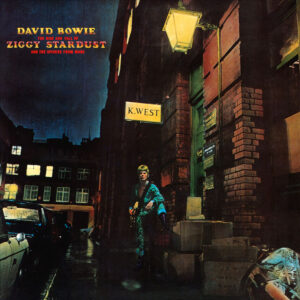
1972, 9/10
In a career of constantly changing costumes, Ziggy Stardust is Bowie’s most recognisable guise, and the accompanying album is the peak of his early career. Switching gears from the balladry of Hunky Dory, Bowie is a glam rock star, and the focus is on Mick Ronson’s riffs. The story running through the album is not particularly coherent, but it’s a great bunch of individual songs.
‘Five Years’ sets the scene with building tension that releases into a singalong chorus about how the world is going to end in five years; the song became an important touchstone for the 1977 punk movement, which emerged five years after Ziggy Stardust, with Bowie one of the few rock stars to enjoy credibility from the punk generation. Absolute classics include the riff-driven title track, the music hall of ‘Starman’, the aggressive ‘Suffragette City’, and ‘Moonage Daydream’, while Ziggy Stardust ends on a cathartic note with ‘Rock’n’Roll Suicide’, which contrasts the escapist themes of the album with the pain of the real world. But for Ziggy Stardust as a whole, its blatantly insincere approach is part of its uniqueness and charm.
The Rykodisc version appends a fabulous solo acoustic demo of the title track, as well as the memorable ‘Velvet Goldmine’ and the controversial ‘John, I’m Only Dancing’, and is worth tracking down if you can find it.
Aladdin Sane

1973, 7.5/10
Aladdin Sane is a step down after the twin peaks of Hunky Dory and Ziggy Stardust; although it’s still very good, it fails to break much new ground, something of an anomaly for a 1970s’ David Bowie album. If there’s anything new, it’s the subtle touches of jazz and R&B coming courtesy of new pianist Mike Garson. Guitarist Mick Ronson is still on board, which means plenty of riff-laden rockers like the opener ‘Watch That Man’ and the single ‘The Jean Genie’.
Aladdin Sane starts strongly with the opening one-two punch of the sharp, glammy ‘Watch That Man’ and the cabaret flavoured title track, coloured by Garson’s jazz piano. Some might object to the pair of decadent throwaways – the sexually explicit ‘Cracked Actor’ and the trashy cover of The Rolling Stones’ ‘Let’s Spend The Night Together’ – but they’re both energetic and fun. If any songs are weak, it’s the campy ballads like ‘The Prettiest Star’ but they’re merely unremarkable.
Aladdin Sane is mid-level classic Bowie; it’s a very good album, but as a whole isn’t quite consistent or groundbreaking enough to be a landmark in its own right.
Pin Ups

1973
I’ve never heard this covers album of 1960s pop songs reworked by Bowie, and I don’t really plan to, but I wanted to list it since I’m reviewing a consecutive streak of Bowie albums. His cover of The Merseys’ ‘Sorrow’ is the best-known track here.
Diamond Dogs
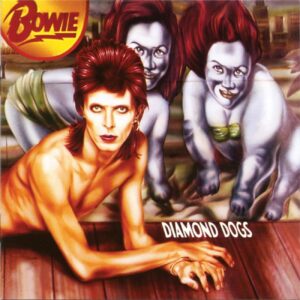
1974, 7.5/10
The last gasp of David Bowie’s glam phase, Diamond Dogs is one of his most conceptually ambitious works. It was originally intended as a musical retelling of George Orwell’s 1984; Bowie failed to obtain permission from the author’s estate for the project, but there are still traces of Orwell’s themes in songs like ‘Big Brother’ and ‘1984’. Even though it’s still glam rock, Diamond Dogs is different from what came before – guitarist Mick Ronson left the band, and Bowie’s the sole guitarist on most tracks. Ronson isn’t missed on the glam ‘Rebel Rebel’, where Bowie pumps out a crisp riff, but as a whole Diamond Dogs is less guitar-based, weirder, and more drawn out than his previous glam efforts.
Apart from the glam of ‘Rebel Rebel’, the best tracks are when Bowie’s trying something new; ‘1984’ points the way forward into Bowie’s impending soul phase, while ‘Sweet Thing’ is a weird crooner. Diamond Dogs is one of Bowie’s most polarising efforts – although I take the middle ground, I can see where others could perceive it as a pompous overblown mess or as one of his most interesting and satisfying albums
Diamond Dogs is interesting, but it doesn’t have enough great tunes to rank among his top tier of albums, and it’s not surprising that Bowie explored new sonic territory with his next albums.
Young Americans

1975
I’ve never heard Young Americans – it’s supposedly one of Bowie’s weaker efforts of the 1970s, but I do enjoy the title track and the John Lennon collaboration ‘Fame’, so I should check it out sometime.
Station To Station

1976, 10/10
Station To Station has a unique place in Bowie discography – it’s the transition between the soul sound of Young Americans and the electronic experiments of Low, but the odd mixture of styles gives it a singular identity. Jerky rhythms and a disquieting atmosphere are achieved, even though the palette is largely limited to a basic guitar, piano, bass, and drums set up. Bowie’s backing band has changed completely since the Spiders From Mars days, with guitarist Carlos Alomar, drummer Dennis Davis and bassist George Murray forming the nucleus of his band through until the start of the next decade.
Springsteen pianist Roy Bittan was a band member for Station To Station and his playing meshes in beautifully with Alomar, his fluent arpeggios filling in the space between Alomar’s twitchy rhythm guitar. For Station To Station Bowie invented the nasty persona the “thin white duke”, named in the title track as “throwing darts in lovers’ eyes”. Bowie also claims that he was too blitzed on cocaine to remember recording this album at all, which is a strange assertion to make for what is perhaps his best-realized work.
Station To Station is sequenced perfectly, its six tracks bouncing between longer and more experimental tracks, and shorter pop songs. At ten minutes the opening title track is the longest, and one of the most experimental songs in Bowie’s catalogue, captivating despite the lack of a clear structure, recalling participation in a Stations of the Cross religious service in Berlin. ‘Golden Years’ and ‘TVC-15’ are two supremely strange yet captivating singles. On the other hand, the ballad ‘Word On A Wing’ is plain gorgeous, opening out from a tentative piano introduction. ‘Stay’ is an overlooked Bowie album track with riffing from Alomar, which leaves closing cover ‘Wild Is The Wind’ as the only song that’s not totally sensational, and it’s still a strong piece, providing a peaceful yet moody closure to an album of sensory overload.
Low
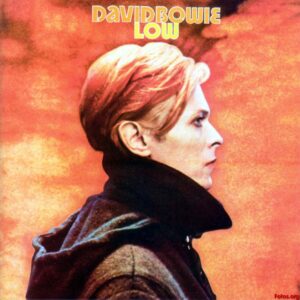
1977, 9.5/10
Low stands as the pinnacle of Bowie’s trail-blazing – he’s making music that informed post-punk, still several years away, and it sounds only fractionally dated almost forty years later. Joy Division, one of the most celebrated post-punk bands, originally named themselves Warsaw after the opening track on the album’s second side. While the core team of Murray, Davis and Alomar are still in place from Station To Station, the production team of Bowie and Tony Visconti and guest keyboard player Brian Eno are most influential on the sound. The songs of Low are only a facet of the album’s appeal; its sonic innovations and its haunting atmospheres are equally, if not more, important. Low was recorded in Berlin, the first of Bowie and Eno’s Berlin Trilogy, and accordingly the influence of German bands like Neu! and Kraftwerk is apparent.
The record is divided into two distinct halves; the first side is made up of disjointed, fragmented songs, often minimalist, while the second side consists of four extended ambient instrumentals. Highlights from the first side include the bouncy, melodic ‘Sound and Vision’ and the accessible ‘Be My Wife’, but the most memorable is ‘Breaking Glass’, with the line “don’t look at the carpet/I drew something awful on it.” The instrumentals are surprisingly accessible, carefully constructed, while Bowie’s wordless vocals often bring an extra emotional dimension.
Low is yet another triumph in Bowie’s excellent 1970s catalogue, covering more extreme territory than ever before, but still innately musical and accessible.
“Heroes”

1977, 7/10
For the first time in the decade, Bowie feels like he’s repeating himself, returning to Berlin with Visconti and Eno, and recording an album with an instrumental side and a song-based side. Heroes follows the Low template, but where Low felt both groundbreaking and natural, Heroes feels more contrived, and the instrumentals are less accessible than before. The one new band member for the record is King Crimson guitarist Robert Fripp, and his addition to Bowie’s already virtuoso and idiosyncratic band means that Heroes sounds terrific even if the material or the conceptual approach is sometimes lacking.
My main issue with Heroes is that the instrumental second side isn’t very interesting, but the first side is strong, opening with the claustrophobic ‘Beauty And The Beast’ and centering on the six-minute title track, a tale of a suicide pact that was somehow co-opted into an uplifting anthem. The album tracks push the envelope even further; ‘Blackout’ is impressionistic and cathartic, while Bowie’s phrasing gives ‘Joe The Lion’ weird energy. There’s also a full song tacked onto the end of the instrumental side, the dance piano groove of ‘The Secret Life Of Arabia’.
Heroes feels a little too much like a repeat of Low, and the instrumental material drags, but there’s still plenty to enjoy.
Lodger
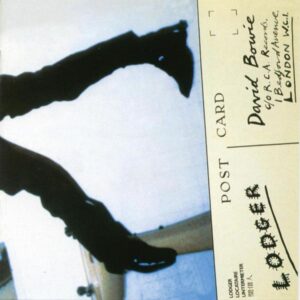
1979, 7/10
One of the more overlooked entries in Bowie’s 1970s’ canon, the final instalment of the Berlin trilogy is the first Bowie album since 1970’s The Man Who Sold The World to be nothing but Bowie songs, with no covers or instrumentals. If that statement makes it sound accessible, Lodger is arguably the weirdest set of songs that Bowie’s ever committed to vinyl, with more emphasis on rhythm and exotic sounds than ever before. Some of the songs are little more than chants, while there are drones aplenty, like the Middle Eastern strings of ‘Yassassin’ or guitarist Adrian Belew’s avant-garde stylings. There’s only one major change in the band, with Belew replacing his future King Crimson partner Robert Fripp – even if their styles are different, Belew is able to match Fripp in the weirdness stakes – while Utopia’s Roger Powell guests on synthesiser.
Despite the weirdness, there’s still accessible material; ‘D.J.’ is one of Bowie’s most creative and infectious singles with a disco beat, kiss-kiss hook and more musings on the blurring of artifice and reality. The other major classic here is the ‘Yassassin’, fuelled by weird Eastern strings. The aggressive ‘Look Back In Anger’ steers relatively close to conventional rock, while ‘Fantastic Voyage’ provides the album with a solid start.
Lodger clearly isn’t the place to start an investigation into Bowie’s catalogue – it’s quirky, flakey, and downright weird in places, but its throw-everything-at-the-wall-and-hope-something-sticks approach throws up its share of great moments.
Scary Monsters (And Super Creeps)
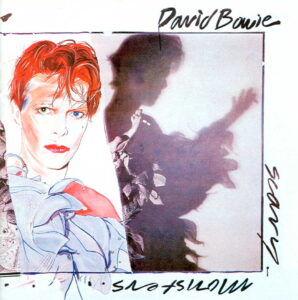
1980, 8/10
The last album in Bowie’s magical seventies streak, Scary Monsters doesn’t break any new ground, but it’s a fine summation of his late seventies oeuvre, more commercial and accessible than anything he’d released since his glam days. With Eno not involved, there’s less sonic experimentation than before, and it’s much more song-oriented. Despite this, it still fits into the vein of his previous few releases, with the rhythm section of Alomar, Murray and Davis still intact, and Robert Fripp and Roy Bittan returning to the fold. The first side might be the best half LP of Bowie’s career, with three terrific singles all following each other, and if the second side suffers in comparison, it’s solid Bowie nonetheless.
The competition for best song is a close race between the ‘Space Oddity’ sequel ‘Ashes To Ashes’, the ‘Fame’ sequel ‘Fashion’, and the Fripp-dominated title track, while the bouncy piano vamp of ‘Up The Hill Backwards’ is one of Bowie’s best album cuts and opening ‘It’s No Game (Part 1)’ has enthralling Japanese backing vocals and a notably histrionic Bowie vocal performance. Side two is less dynamic, but still features one of Bowie’s best covers, a take on Tom Verlaine’s ‘Kingdom Come’, as well as a guest appearance from Pete Townsend on ‘When You’re Young’, and the most notable flaw is the overlong ‘Teenage Wildlife’.
If you’ve heard the preceding records there’s little that’s revolutionary on Scary Monsters, and it’s not quite as major a statement as epochal records like Low were, but it’s a fine culmination of Bowie’s late 1970s experimentation.
Bowie continued making music after 1980, albeit at a slower pace:
Let’s Dance (1983)
Tonight (1984)
Never Let Me Down (1987)
Tin Machine (1989)
Tin Machine II (1991)
Black Tie White Noise (1993)
Outside (1995)
Earthling (1997)
Hours (1999)
Heathen (2002)
Reality (2003)
The Next Day (2013)
Blackstar (2016)
Ten Favourite David Bowie Songs
Life On Mars
Ziggy Stardust
Space Oddity
Station to Station
Stay
Breaking Glass
Moonage Daydream
Changes
D.J.
Ashes to Ashes
Back to 1970s Album Reviews….
8 Comments
Leave a Reply
Related Pages
About
Aphoristic Album Reviews is almost entirely written by one person. It features album reviews and blog posts across a growing spectrum of popular music.
Review Pages
Read about the discographies of musical acts from the 1960s to the present day. Browse this site's review archives or enjoy these random selections:
Blog Posts
I add new blog posts to this website every week. Browse the archives or enjoy these random selections:
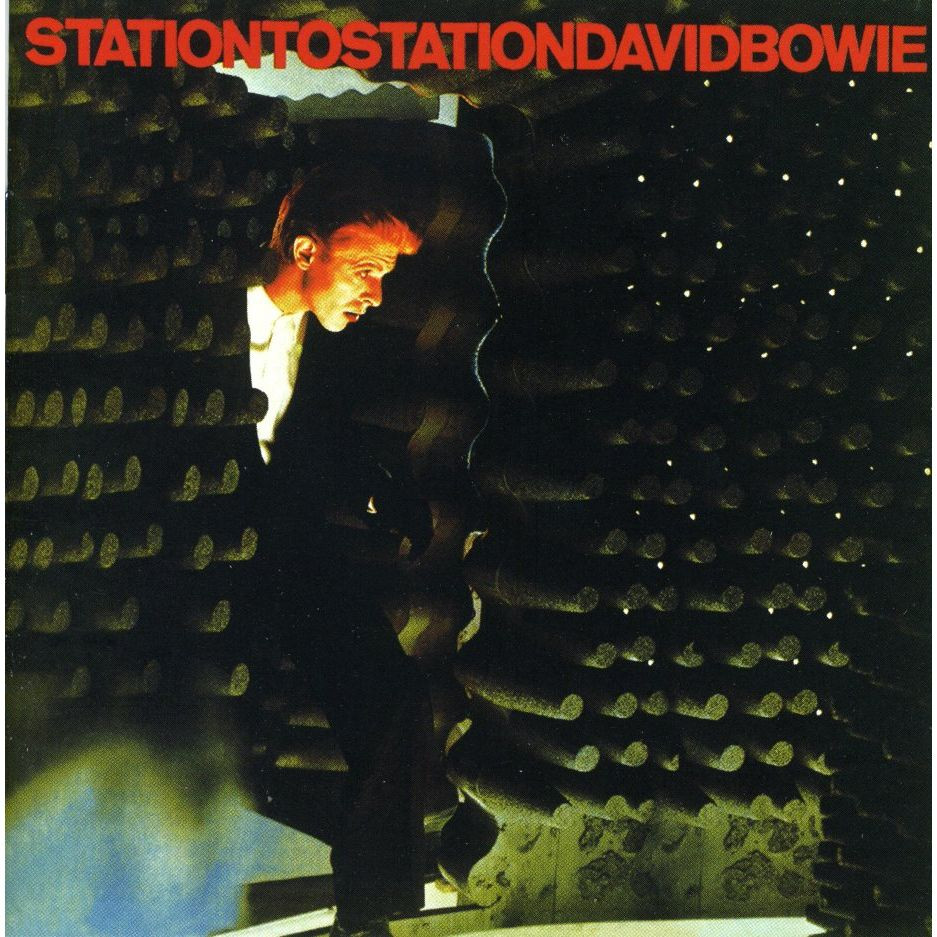


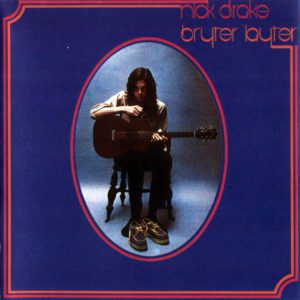
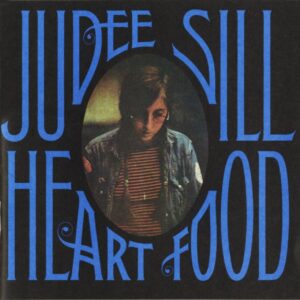
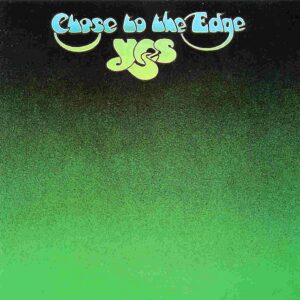


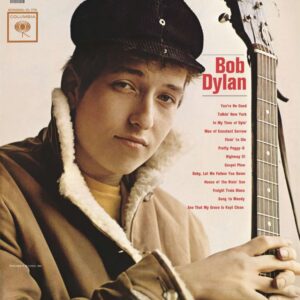
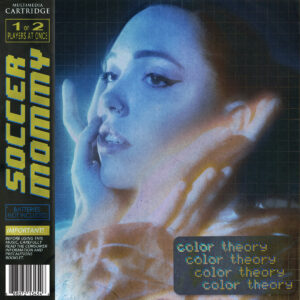

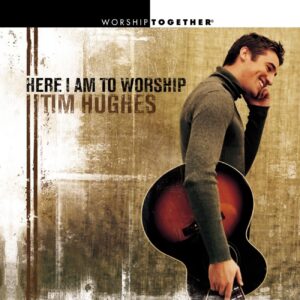






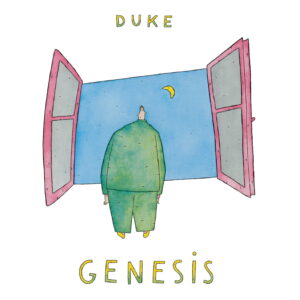






Yes, his exploratory nature was a factor in his greatness.
Good reviews. Only thing I disagree with is that I think every tune on Diamond Dogs is great. Every song is interesting in a different way. And I don’t mean the lyrics either. I mean the actual music. It’s Bowie at his very best. And I’m glad you agree with me that Heroes is not equal too Low, although most people think so. Pin-ups and Young Americans have more worthwhile songs than most people imagine. I don’t like the title song of Young Americans, but his version of Across the Universe is great. And the other truly great track is Somebody up There Likes Me. And fame and Win are the other two worthwhile tracks.
Pin-ups is his most misunderstood album. To me it’s a companion to Aladdin sane, because it has the same vibrant guitar sound. And in truth, only three or four of the remakes are shitty. And four or five of them are among the most exciting things he ever did. And they are as good of songs as any he’s written himself. And The Who and Kinks covers are knockouts. As good as anything on Aladdin sane. And the actual oldies on this album are superior to the oldies style Nostalgia songs on Aladdin sane, like Drive In Saturday and Prettiest Star and Let’s Spend the Night Together. And the playing of the band is better than that on Aladdin sane. The album starts off poorly with the very worst tracks, but when you get past those, the whole album just takes off.
Hey, thanks for writing in! I probably should check out those two missing 1970s albums sometime – thanks for your thoughts on them. Do you like his debut?
I’ve always found Diamond Dogs a bit impenetrable. I think there are a lot of ideas there, but it also feels like the glam style was running out of steam, for Bowie and for everyone else.
Yeah, I do like Space Oddity. I even like the ones that are too long. Like Cygnet Committee.
Top Bowie
Golden Years
Rock & Roll With Me
Starman
Time
Sweet Thing/Candidate
Soul Love
Moonage Daydream
Station to Station
Big Brother/Chant of the Ever-circling Skeletal Family
Watch That Man
Rebel Rebel
(Bonus Tracks)
A new career in a new town
Speed of life
Somebody up there likes me
I Can’t Explain
Where Have All the Good Times Gone
1984
One of those catalogues where you can have like five different lists with superlative quality.
Classic albums with the worst cover art. Number 1. Diamond dogs by David Bowie. One ziggy too many. Number 2. Mystery to me by Fleetwood Mac. Bob should have saved his quirks for his music
That would be a good list to make. Diamond Dogs is a good call. There are a lot of lazy covers too – 80% of Bob Dylan’s album covers are just a boring photo of Bob Dylan.